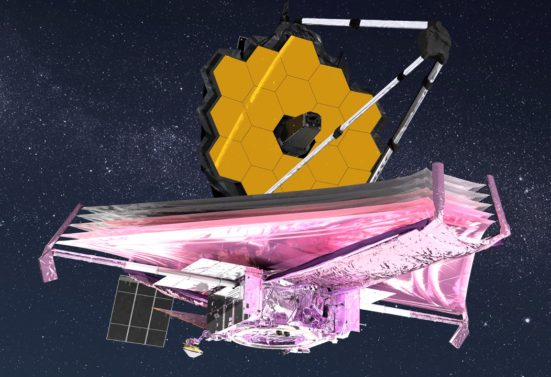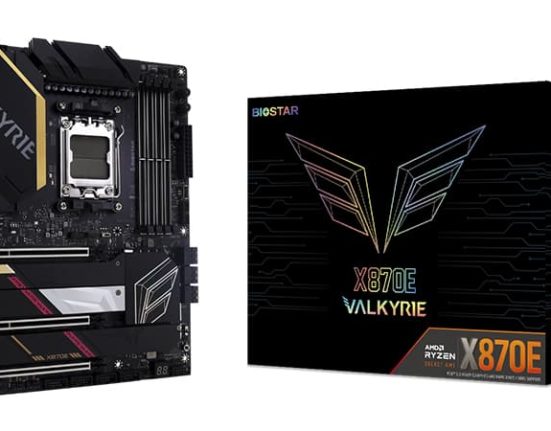The beauty of cards is that they can be anything. You can put together a functional game with them in a couple of minutes. Take 12 blank spaces, scribble some faces and landscapes and, lo and behold, you have a procedural narrative generator. Make some duplicates, make up some rules and you have systems.
On the contrary, the big drawback of the cards, especially in the roguelite deck builders that people have been producing ever since. Kill the needle – is that everything can be reduced to them. For example: last night I played a game of Fungi with my partner. Fungi is a charming foraging table simulator where you collect delicious chanterelles and boletus from the forest floor. This morning I played again. GapNow available in Early Access, you guide a spaceship through a series of war-torn solar systems, with battles unfolding as a turn-based exchange of cards corresponding to the ship's components.
Stacking a delicious casserole of puffballs isn't much like mounting a barrage of missiles, but when it comes to cards, there's a risk that they're interchangeable. It's just a matter of accumulating number cards and multipliers for the right moment, right? What is a corvette if not another type of mushroom? Fortunately, Breachway makes the deckbuilding format its own. In fact, a big part of the fun is watching you find ways to recharacterize familiar card game synergies so that they're consistent with the sweaty dream of creating your own Enterprise, Battlestar, or Sulaco. It's off to a good start in early access. Still, and at the risk of mixing up my decks even more, I think it could use a little extra flavor.
The problem isn't so much the card game as the roguelite element surrounding it. Each solar system is a network of nodes for battles, refueling or repair opportunities, space stations where you can give your warp core a haircut, and story events that sometimes involve missions, all leading up to a boss encounter in the other end. The general objective, as described in a tutorial prologue that can be disabled once you've completed it, is to chase one of the many anomalous sci-fi signs, but there are also plenty of factions to contend with in the path
As you travel, you'll make or lose friends as you pursue your own interests, accumulating or losing reputation points with each side, which determines whether you'll be welcomed with open arms or torpedoes a few nodes down the road. Aside from the lure of loot (new cards and credits to spend on ship upgrades) or the need to patch your hull, your movements are slightly governed by your fuel reserve. This is only consumed when traveling along yellow-tinted tangential star lanes; It's a slightly forced way to preserve the branching structure of the roguelite and ensure that you can't loot every node on the map at will.
Sounds robust, right? As robust as a freshly plucked bouquet of enoki, sizzling on the campfire with a little cider and butter. Ah, but so far I've found the path of the solar system to be pretty dry. The star map presentation is lukewarm and the events or missions are pedestrian sci-fi themes, made even sleepier with roguelite repetition: go and fight X of Y ships, decide whether to respond to a distress signal, try to get some bonus credits from a shipwreck. . The game's small variety of quest types might be more engaging if the writing were brighter, but it all reads like a fringe codex: cut-out world-building stuff with some reluctant attempts at humor. It works well enough as a roguelite – each run on a system is about tailoring your ship to the boss, without taking too much wear and tear along the way – but there's nowhere near the richness and suspense you get from, say, desolate roads. and reference points darkest dungeon 2even at the same point in their early access career.

If the roguelite element and narrative background are sad, the confrontations with card-based ships and their supporting resource systems lift Breachway out of its doldrums. Once again, the game does a wonderful job of reworking the basic conceit of dealing and playing cards into a plausible approximation of starship anatomy. Each turn you receive a random handful based on the power of your reactor (upgradable). Each card requires one or more of three types of resources, artillery, energy and mass, which in turn are generated step by step depending on how you have configured your reactor. Your opponent also draws cards from a deck unpredictably, but with dots filling in on each card to show you when they are ready to play. This allows you to anticipate attacks, target weaknesses, and overcome battleships that, scheme by scheme, should get you to the right.
The cards cover a familiar range of attack, defense, support and resource management skills, but each clearly lends itself to certain tactics and there's a rewarding emphasis on chaining them together. Different types of pulse lasers can be fired sequentially, for example, reducing the cost or increasing the damage of the next explosion. As precision weapons, lasers can also be used to target individual ship components; if you reduce them to scrap, your opponent will lose access to certain parts of their deck for a couple of turns.


Anti-aircraft guns are more about momentum between turns; They deal random damage within a range, but become more lethal as each spoonful of anti-aircraft fire erodes the target's hull. The ion beams destroy the shields and bathe the victim in static electricity, eventually causing the systems to misbehave. The missiles can be devastating, but they take a turn to cross the distance between ships and they disappear from your deck once fired. As such, they must be saved and programmed to match the instant effect cards.
As for defensive play: One of Breachway's biggest tactics is that shields dissipate quickly once up, reducing their power by half each turn, meaning you should treat them more like parries. The same goes for using the enemy shield, although certain bosses will happily turn into bulletsponges using more advanced cards unless you shoot and sabotage the relevant parts.
Periodically, the generic rhythms of the deck-building format take over all this riotous Star Trekery. Bite a lot of shield cards in a turn and you won't draw many more until you clear your discard pile, but is it worse to keep them in your hand and not have room for new offensive cards? It's lovely to see the game go from thinking like a card game to thinking like a spaceship strategy experience. And the writing, so lackluster when it comes to roguelite stuff, does a clever job of dramatizing each card's effects, recasting them as battle scene devices you may recognize from countless movies.

All that said, there are times where the game's desire to make deck construction consistent with ship construction feels like a limitation. Or rather, the specific tenor of harder science fiction invoked here limits how adventurous Breachway can be with its building possibilities. In addition to acquiring new cards, you can increase and rearrange your reactor output with credits and connect subsystems that act as modifiers, but your ship evolution (there are four varieties in the early access version right now) currently feels pretty neat. and determined. There is none of the pure eccentricity of cobalt core.
Still, you might prefer it that way, and Breachway has “about a year” left in early access, which is enough time to rescue some exotic alien technology from the derelicts and transform into a galactic legend. The big challenge, again, is breathing life into the roguelite layer, or perhaps paring it down even further to the parts that matter. If Breachway can pull it off, it will satisfy me more than any chanterelle.













Leave feedback about this